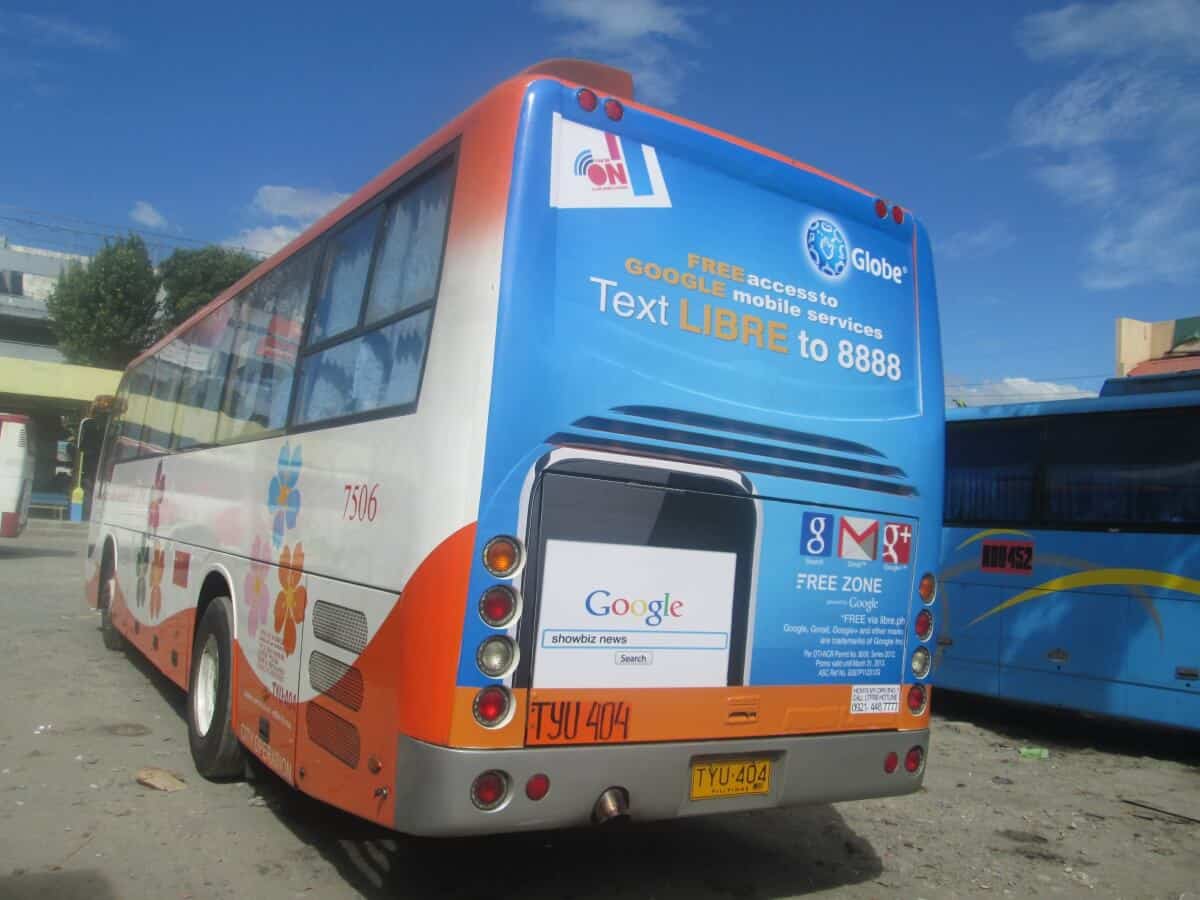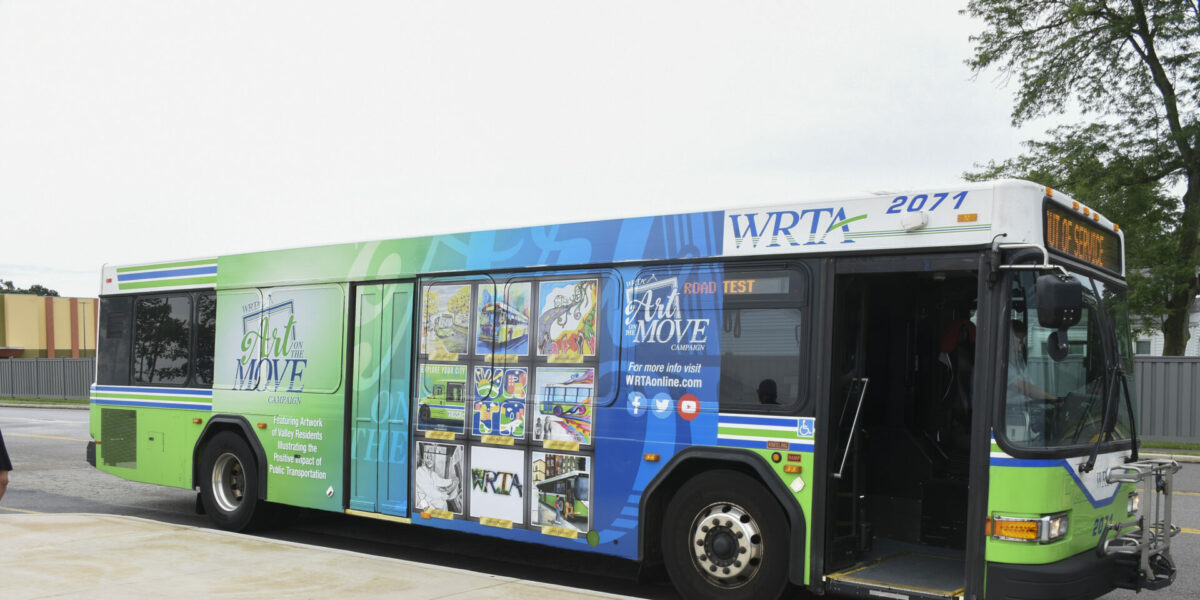Transit Advertising Philippines: Get To Countless Commuters Daily
Wiki Article
Comprehending the Function of Transit Advertising in Enhancing Brand Name Visibility and Customer Involvement
Transportation marketing has arised as an essential element in the marketing landscape, providing unique chances for brands to raise their visibility and engage consumers successfully. With the capability to reach a captive and diverse audience throughout their day-to-day commutes, these marketing techniques are not simply concerning visibility; they are about producing significant connections with potential consumers. As we explore the complex advantages and cutting-edge strategies within transportation advertising, it ends up being important to take into consideration exactly how these elements jointly influence consumer perception and actions, questioning concerning their long-lasting impact on brand loyalty.Interpretation of Transportation Advertising
Transit marketing refers to the method of advertising products, services, or brand names through promotions positioned around mass transit systems. This type of advertising includes a selection of positionings, including posters on trains and buses, digital screens at transit stations, and wraps on the outside of vehicles. It intends to reach a varied audience, maximizing the high foot traffic linked with public transit.Transit advertising and marketing is tactically positioned to capture the attention of travelers, that frequently invest substantial time waiting or traveling. By integrating ads right into the day-to-day routines of individuals, brands can create a long-term impression and foster brand name recognition. The tool is specifically efficient in city settings, where mass transit is a key mode of traveling.
Furthermore, transportation advertising can assist in localized targeting, permitting services to get to certain demographics based on transit courses and station locations. As urban populaces grow and making use of public transport boosts, this advertising method has actually gotten prestige as a vital element of integrated advertising and marketing techniques. The dynamic nature of transit advertising and marketing, combined with its capacity to engage consumers in a captive atmosphere, underscores its importance in contemporary marketing techniques.
Advantages of Transit Advertising
The efficiency of transportation advertising and marketing hinges on its ability to supply a wide range of advantages to brand names seeking to boost visibility and engagement. One of the key benefits is the substantial reach it supplies; transportation advertisements can successfully target varied demographics across urban locations, getting to both commuters and pedestrians alike. This wide direct exposure significantly enhances brand name understanding.An additional benefit is the high regularity of perceptions. As transit cars take a trip along well established courses and stop at multiple places, they produce repeated exposure that enhances brand messages. This regularity fosters familiarity, which is essential in customer decision-making.
Transit advertising and marketing is likewise affordable compared to various other media systems. Offered its extensive reach and capacity for high impressions, brands frequently experience a reduced expense per thousand impressions (CPM), maximizing their advertising budget.
Furthermore, transit advertisements can create a feeling of community link. By lining up with local transportation systems, brand names can reverberate with local target markets and promote a sense of local satisfaction. This localized approach improves brand name commitment and interaction, making transportation marketing a compelling selection for services intending to strengthen their existence out there.

Effective Strategies for Transit Campaigns
To take full advantage of the effect of transit campaigns, brands must take advantage of tactical preparation and execution customized to their target audience. First, identifying the demographic characteristics of the audience using public transportation is important. This enables brand names to create tailored messaging that reverberates with potential clients.Following, choosing the appropriate transportation mediums is necessary. Whether using bus covers, subway posters, or electronic displays, each tool has one-of-a-kind advantages that can boost visibility. For example, dynamic visuals on bus wraps can bring in interest, while digital ads can be upgraded often to show timely promos.
Additionally, integrating a cohesive branding method across transportation platforms ensures consistency and strengthens the brand's identification. Utilizing unforgettable taglines and eye-catching layouts will certainly strengthen brand name recall amongst commuters.
By using these techniques, brand names can properly harness the possibility of transportation marketing, cultivating higher awareness and connection with their target audience. Inevitably, a well-executed transportation home campaign can drive considerable development in brand presence and customer involvement.

Gauging Impact and Interaction
In evaluating the efficiency of transportation marketing campaign, exact dimension of influence and interaction is crucial for brands seeking to optimize their advertising and marketing approaches. Metrics such as reach, regularity, and impacts offer foundational information to evaluate exposure. Examining these aspects aids identify the amount of prospective customers are subjected to the advertisements during their day-to-day commutes.Engagement can be further gauged through customer communications, such as site traffic, social media sites discusses, and direct feedbacks to calls-to-action featured in the advertisements. Utilizing devices like QR codes or distinct Links can assist in monitoring of consumer habits straight connected to transportation projects. Studies and feedback devices likewise work as important approaches to collect qualitative data on consumer perceptions and recall of the ad.
In addition, advanced analytics and attribution designs can associate transit direct exposure with succeeding investing in behavior, providing understandings into the return on investment. By using a comprehensive strategy that combines quantitative and qualitative procedures, brand names can establish a nuanced understanding of their transportation advertising impact. Inevitably, this data-driven technique enables brand names to fine-tune their campaigns, guaranteeing they reverberate efficiently with target audiences and enhance total brand presence.
Study of Effective Campaigns
Successful transit marketing campaign work as More hints engaging examples of exactly how efficient strategies can elevate brand visibility and interaction. Transit Advertising Philippines. One significant situation is the "I Love New York" project, which transformed the city's image and drew in numerous travelers. By using train advertisements, billboards, and bus covers, the project developed a strong, natural brand identity, leading to a substantial uptick in tourist and regional business patronage
Another excellent project is Coca-Cola's "Share a Coke" effort, which leveraged transit advertising and marketing to customize the brand experience. By including prominent names on promotional materials throughout different transit platforms, Coca-Cola cultivated a much deeper psychological connection with consumers, encouraging them to share their experiences on social media.
In addition, the "Got Milk?" campaign successfully used mass transit advertisements to get to a broad audience, enhancing the message of the relevance of milk in a balanced diet regimen. The project saw a quantifiable rise in milk intake in target demographics.
These instance studies highlight that when executed thoughtfully, transit marketing can substantially enhance brand exposure, foster consumer interaction, and drive measurable outcomes, demonstrating its important function in contemporary advertising and marketing techniques. - Transit Advertising Philippines
Conclusion
Finally, transportation advertising functions as a crucial tool for boosting brand name visibility and fostering consumer engagement. By utilizing strategically put advertisements within public transport systems, brand names can effectively enhance and get to diverse audiences acknowledgment with consistent direct exposure. The implementation of read this targeted messaging and cutting-edge methods even more enhances the impact of transportation projects. Ultimately, the capacity to gauge involvement and evaluate effective case research studies emphasizes the performance of transit marketing in driving brand name commitment and consumer interactions.Transportation marketing has arised as a pivotal aspect in the advertising landscape, supplying unique possibilities for brand names to elevate their visibility and involve consumers efficiently.Additionally, transit marketing can facilitate localized targeting, permitting services to get to certain demographics based on transportation courses and station areas.In examining the effectiveness of transportation advertising and marketing campaigns, accurate measurement of effect and engagement is crucial for brands seeking to optimize their marketing methods.Successful transportation advertising campaigns serve as engaging examples of how efficient methods can raise brand visibility and interaction.In final thought, transportation marketing offers as a vital tool for improving brand name presence and promoting consumer engagement.
Report this wiki page